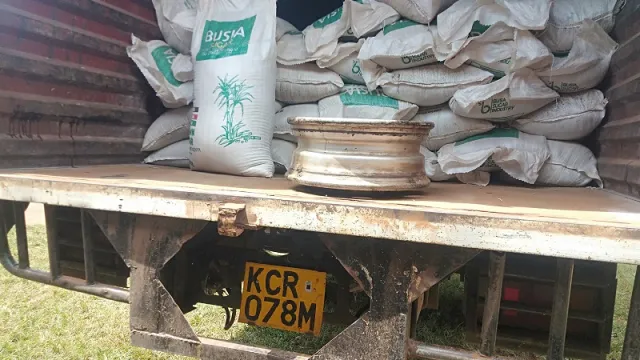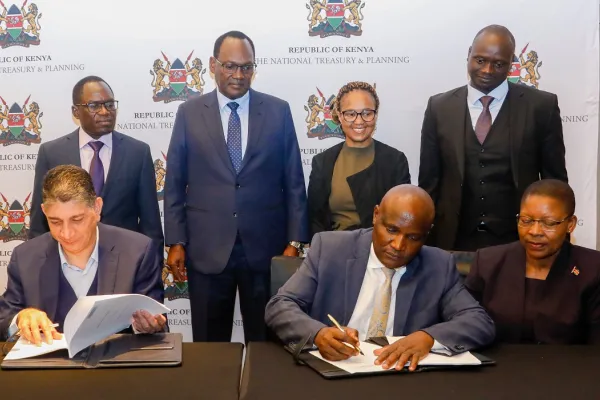Sugar: The most smuggled product in Kenya

Sugar: The most smuggled product in Kenya
Johnny Johnny, yes papa, eating sugar…we sing nursery rhymes to stealing sugar and telling lies. They grow up to discover that the sweetener is Kenya’s most stolen commodity. Sugar is the most smuggled commodity across Kenya’s porous border points, as criminals take advantage of low levels of enforcement and the influx of motorcycles to sneak goods into the country.
According to a 2018 research study by the National Crime Research Centre, 48.8 percent of all incidences of smuggling involved sugar, with about 789 cases in just one year. Other popular products smuggled into the country include alcohol and illicit brews (28 percent), illegal drugs such as cocaine and heroin (25.2 percent), cereals (23 percent), clothes, shoes, and handbags (12.8 percent), charcoal/coal (12 percent), and wheat and maize flour (11.3 percent).
The main counties where sugar is smuggled into Kenya include Garissa, Kajiado, Narok, and Migori, followed by Mandera, Kwale, Trans Nzoia, and Busia. Sugar smuggling has been attributed to the porous border and linked to collusion between Kenya’s defense forces and Al-Shabaab, while lining the pockets of sugar barons in the country with billions at the expense of the taxman.
“Kenya-Ethiopia and Kenya-Somalia borders are famous for sugar smuggled from Brazil. The bulk of the contraband sugar impounded in the country is smuggled through the Somalia border,” said the National Crime Research Centre in the study. Kenya’s protectionist policies that seek to limit sugar imports have kept the prices of the commodity high, making it lucrative to import illegally.
Since 2002, Kenya has sought to protect the local sugar industry by imposing import quotas from the Common Market for Eastern and Southern Africa (Comesa) countries. Kenya’s sugar annual report shows that the estimated production cost of sugar in Kenya is more than $600 (Kes65,000) per metric tonne, twice that of other key sugar-producing COMESA countries, making the country an attractive export market.
Read also: Cabinet approves duty free yellow maize imports
Incentive to bring in sugar
Kenya limits duty-free imports from COMESA countries to a maximum of 350,000 metric tonnes annually to fill its sugar shortfall, which helps limit imports and hold prices high, creating a significant incentive to bring in sugar. The Comesa safeguards will expire in February next year, opening up the market for cheap sugar.
The National Crime Research Centre suggests that the findings call for elaborate strategies to disrupt smuggling, especially through improved policing of border areas and transit routes, as well as well-coordinated inspection and surveillance of business warehouses.
According to the study, Migori had the highest percentage reporting on the things involved in smuggling, followed by Siaya, West Pokot, Wajir, Kajiado, and Busia County. Although Kenya ratified the WHO Protocol to Eliminate Illicit Trade in Tobacco Products, the government is yet to enforce measures to counter the illegal cigarette trade across Uganda, which continues to deny the government in excess of Kes2.5 billion every year.



